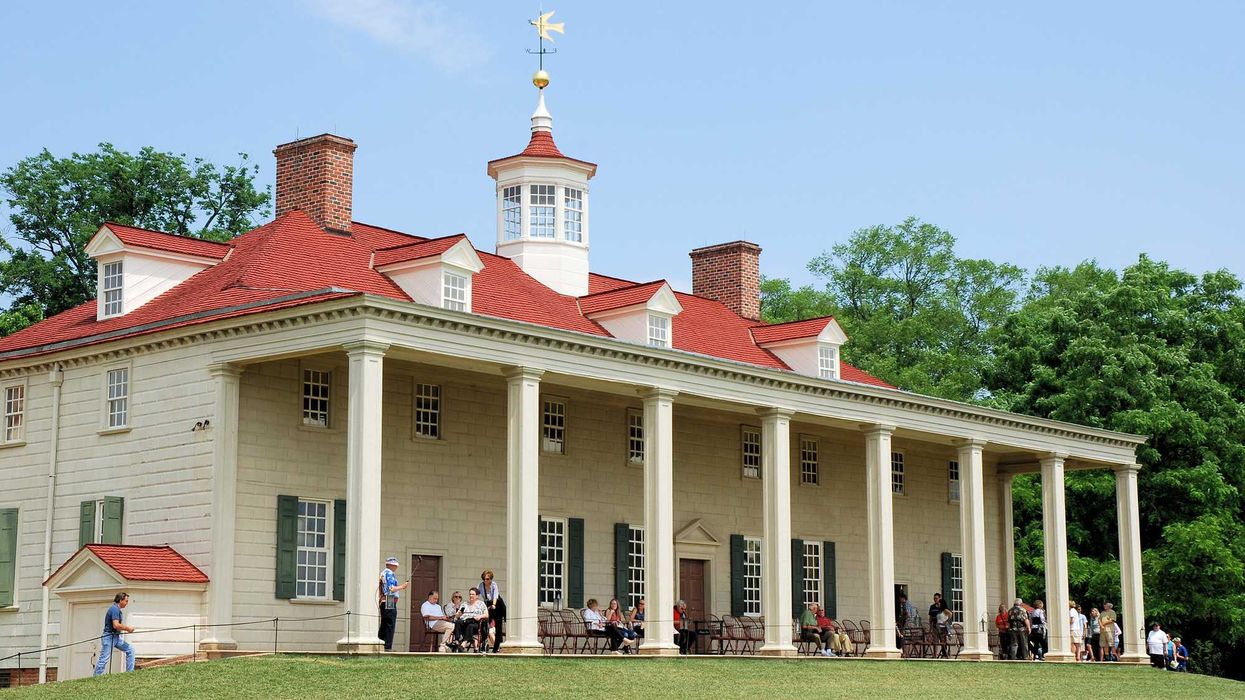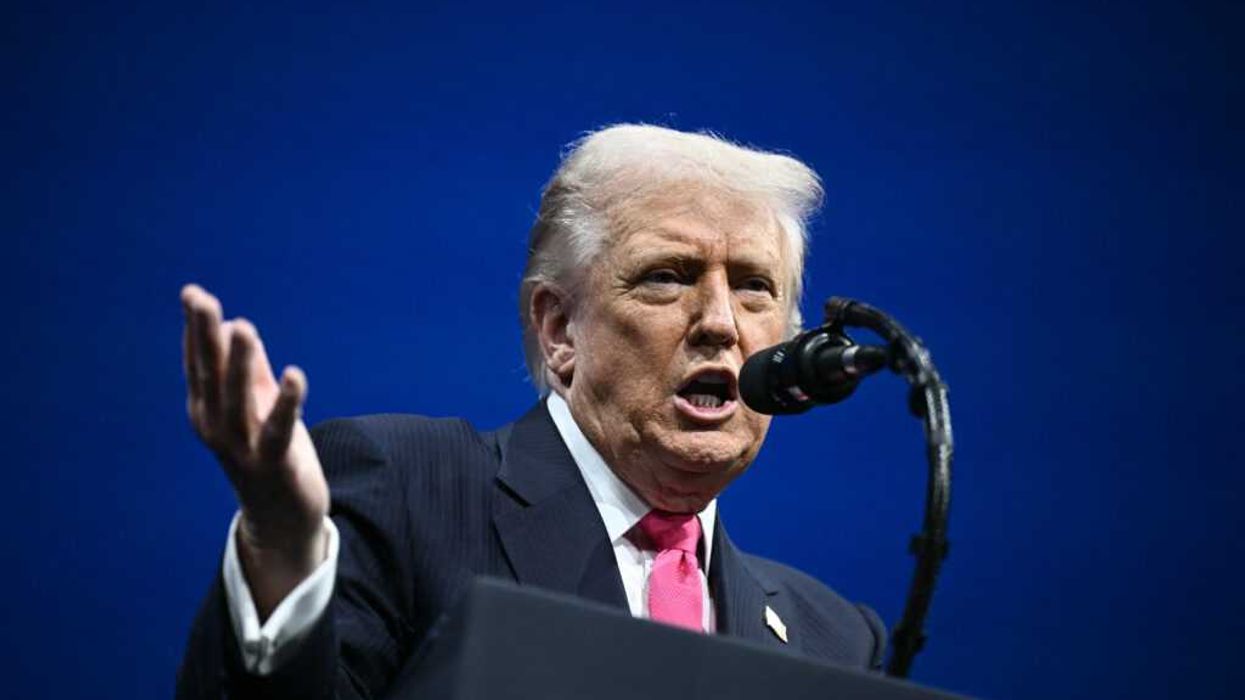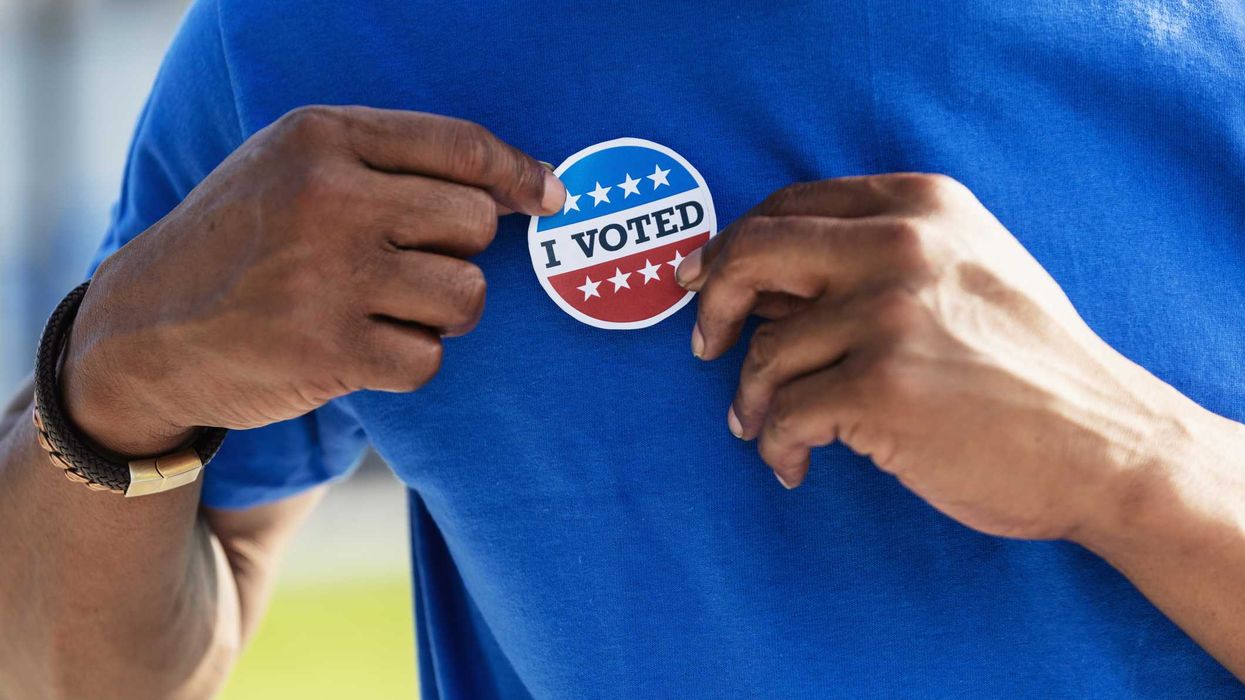How much to spend making elections safe this year, and whether to set new federal requirements for easing the voting process, were among many unresolved questions Monday as congressional leaders and the Trump administration struggled to agree on a nearly $2 trillion plan to rescue the economy from the coronavirus crisis.
The package Senate Republicans tried unsuccessfully to advance over the weekend included just $140 million to help states and local election officials "prepare for and respond to" the virus — but with no ground rules for spending the grants. Senate Democrats are holding out for an order of magnitude more, about $1.5 billion, while momentum was building in the Democratic-majority House for spending $4 billion rushing a universal vote-by-mail system into place in the next seven months.
The standoff, and the amounts of money involved, are second-tier issues in the context of the most significant federal economic bailout bill in modern times. But for advocates of boosting civic engagement and easing the bitter battles over voting rights, negotiations on the package offer a rare and enormously important opportunity to achieve goals set long before the pandemic.
Democrats and good governance groups hope to capitalize on the moment to secure a significant expansion of voting from home in November. They say that, by allowing tens of millions more to make their presidential choice remotely in November, they will do more than reassure the public that conducting the 2020 election can be done safely and securely: Once voting by mail becomes an option for most Americans — only a quarter of votes were cast that way in 2016 — it will quickly become the national norm.
But unless Congress insists on the switch, they say, turnout will plummet in many parts of the country — sowing doubt about whether the national will is reflected in the result and dwarfing anxieties about the effects of foreign hacking and disinformation.
Those arguments have, so far, been met with almost unanimous resistance from Republicans, led by Senate Majority Leader Mitch McConnell, who are willing to give states and localities federal aid for modernizing elections but oppose almost any new federal mandates on what those improvements should be.
It is also clear that GOP candidates generally believe they do best in low-turnout elections, while Democrats are confident they do best when more people are able to vote.
"I think we're going to end up being OK on the money, but we're going to have to keep fighting him on the details," Amy Klobuchar of Minnesota, the former presidential candidate now leading the vote-by-mail effort for the Senate Democrats, said of McConnell on Monday. (She spoke to reporters after announcing her husband, John, had been hospitalized because of limited breathing capacity after testing positive for Covid-19.)
"We have a new case to make to Republicans now," said her partner in that effort, Ron Wyden of Oregon, who's been pushing to expand absentee voting since he won the nation's first all-mail Senate election 24 years ago. "In a worst case scenario, it's going to be a choice between voting by mail or not voting at all. That's not even a close call."
While the massive package was still stalled in the Senate for lack of a bipartisan breakthrough, the Democrats in charge of the House were pressing ahead in crafting a response to whatever senators end up advancing. To that end, 55 of them over the weekend signed on to making an immediate vote-at-home mandate part of the package.
"We may be forced to decide that an all vote by mail election is our only choice if we hope to keep people safe and protect the continuity of our democratic elections," one of them, New Jersey's Tom Malinoswski, tweeted. "The most important thing we can do is enable states to prepare ahead of time."
The cost for all states to print, mail and count postage-paid and barcoded ballots for the entire country in November, and pay the people to run the effort, would fall between $982 million and $1.4 billion, according to a Brennan Center for Justice analysis released last week. The progressive think tank said another $600 million would be needed to expand in-person early voting and online registration efforts to minimize in-person contact with the voting system.
The group has organized a bipartisan group of 19 state and local election officials, many from reliably red states, to lobby Congress for a generous grant package but without getting behind any of the nationwide mandates.
One of their fears, they signaled, is that without ample additional aid for people and equipment, a surge in absentee voting even without a mandate could overwhelm their systems in November and make impossible a vote count that's both reliable and speedy.
Every state offers some sort of absentee or vote-by mail option, but the rules vary greatly — from an excuse required on absentee ballot applications that must be resubmitted before every election in nine states, to the five states where mail-in ballots are delivered to every voter before every contest — which is what the Klobuchar-Wyden bill envisions. The senators say that, without a federal mandate, 16 states would have to change their laws to make this a reality by November.
Packing even more into the Wyden-Klobuchar bill
Among other provisions, their legislation would:
- Require states to permit at least 20 days of early in-person voting and no-excuse absentee voting-by-mail and to start counting those ballots two weeks before Election Day.
- Make states provide self-sealing envelopes with prepaid postage to go with all absentee ballots, applications for those ballots and registration applications.
- Make downloadable and printable absentee ballots available to anyone who did not receive one by mail.
- Bar states from setting registration deadlines more than three weeks ahead of Election Day.
- Mandate that absentee ballots be valid if postmarked before polls close on Election Day and received within 10 days.
- Require states to track (and allow voters to track) their mail ballots by putting barcodes on the envelopes.
- Compel states to create procedures for voters to appeal when their ballot signatures don't match signatures on file.
- Subsidize the cost of hiring and training a new generation of poll workers, now that three of every five in the country are older than 60.


















